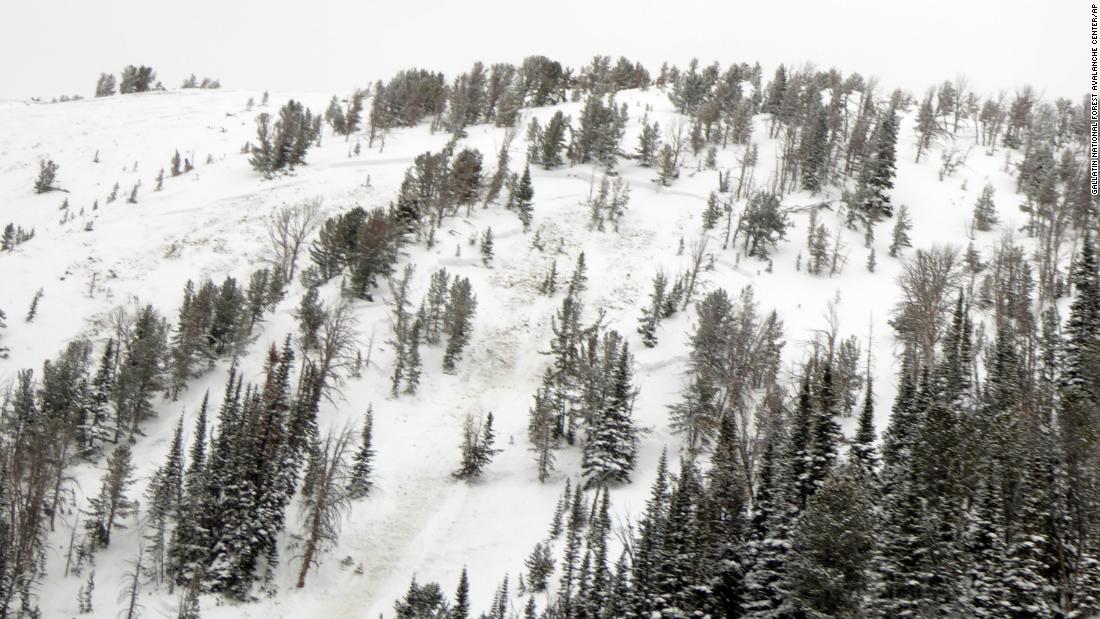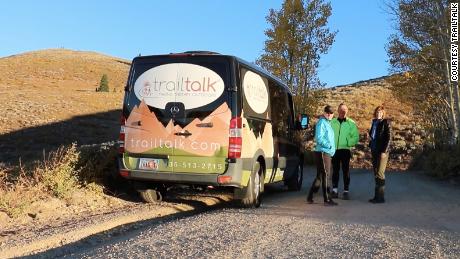It’s the US’ deadliest avalanche season in years. Experts say Covid is partially to blame
Some experts say it’s also to blame for a recent spike in avalanche deaths. Seriously.
But a unique combination of climate- and pandemic-related trends could see the US break the record. Here’s why:
Climate creates avalanche conditions…
Slope is obvious. But snowpack refers to the accumulation of snow on the ground.
Every storm brings a different type of snow, which builds in layers. This year, the weaker layers are deep in the snowpack, while the stronger layers are on top. That makes for an incredibly unstable surface, says Brian Lazar, deputy director at CAIC.
“This year we are seeing a pretty dangerous snowpack, the kind of unique conditions that only come around once every 10 years or so,” Lazar told CNN. “This structure is highly conducive to producing avalanches.”
“Like any structure, you don’t want your weakest materials at the bottom, so when you build a snowpack structure with weaker layers under stronger layers, its the perfect condition to produce avalanches,” he said.
Lazar says the effects of climate change — in particular, long drought periods followed by intense precipitation events — contributed to this season’s weak snowpack.
“This year was characterized by early season snowfall that stuck on the ground followed by a fairly pronounced drought period, and when you have these drought periods during cold, clear conditions, it turns the existing snow on the ground into weak layers,” he said.
…But people in the backcountry trigger them
With the coronavirus pandemic still raging across the US, more people than ever are heading to the mountains to enjoy nature and avoid crowds, where the virus spreads. Many are taking up skiing, snowboarding and snowmobiling.
Snow Trails, a ski resort in Mansfield, Ohio, has experienced a 60% increase in visitors compared to last year’s winter season, spokesperson Nate Wolleson told CNN.
It’s a trend that extends across the country, including many public and national parks, according to Dr. Karl Birkeland, director of the US Forest Service’s National Avalanche Center.
Although more visitors is usually a good thing, this season’s weak snowpack has made winter sports a lot more dangerous — especially in the backcountry, where avalanches are common.
“We are seeing dramatic increases in use in our public lands, so there’s more people out there skiing and snowboarding, and it means there’s more potential triggers,” Birkeland said. “The pandemic has definitely increased the number of people going into the backcountry, which increased our exposure to potential avalanche accidents.”
CNN meteorologist Derek Van Dam echoed Birkeland’s assessment, saying the weak snowpack combined with a higher rate of backcountry traffic has contributed to this season’s spike in avalanche deaths.
“People simply want to recreate outdoors and avoid large crowds,” he said. “Backcountry skiing provides this escape to a certain extent.”
But a lot of these people don’t have experience in winter sports, aren’t familiar with the terrain and lack avalanche rescue gear, said Craig Gordon, a forecaster for the Utah Avalanche Center.
“No matter how you plan to recreate in the backcountry, make sure to get the gear, training, forecast, and get out of harms way,” Gordon said.
CNN’s Jennifer Gray and Drew Kann contributed to this report.
![]()




